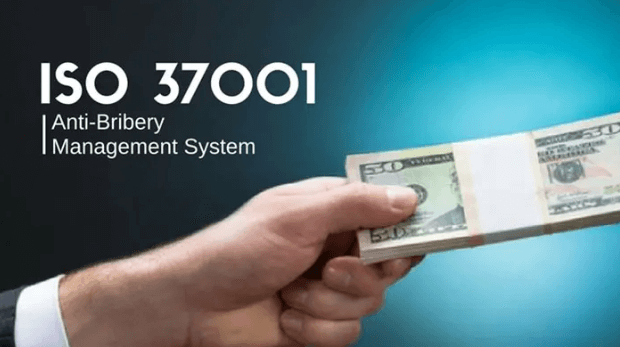Common Challenges in Achieving ISO 37001 Certification and How to Overcome Them

Achieving ISO 37001 certification can be a transformative step for organizations aiming to establish robust anti-bribery management systems. However, the process is often complex, requiring careful planning, risk assessment, and commitment from all levels of the organization. While the standard provides a clear framework, businesses frequently encounter challenges that can delay or complicate certification. Understanding these challenges and implementing effective strategies to overcome them is critical for a smooth and successful certification journey.
Understanding the Scope of ISO 37001
One of the first challenges organizations face is understanding the full scope and requirements of ISO 37001. The standard covers multiple areas, including bribery risk assessments, leadership engagement, compliance policies, due diligence processes, and monitoring systems. Many organizations underestimate the level of detail and documentation required, which can lead to incomplete implementation and audit delays. A thorough review of the standard and consultation with experts can ensure a clear roadmap for compliance.
Leadership Engagement and Organizational Commitment
Another common obstacle is obtaining consistent leadership support. ISO 37001 requires top management to demonstrate commitment to anti-bribery policies and allocate necessary resources. Without visible endorsement from executives, employees may perceive the system as a formality rather than a strategic priority. Overcoming this challenge involves aligning certification objectives with organizational goals and ensuring that leadership actively participates in anti-bribery initiatives. Regular communication, policy reinforcement, and integration of anti-bribery goals into performance metrics can enhance engagement across the organization.
Implementing Effective Risk Assessments
Risk assessment is a critical component of ISO 37001 certification. Organizations often struggle to identify all potential bribery risks across internal and external processes. This is particularly challenging for multinational companies operating in multiple jurisdictions with different regulatory requirements. To address this, businesses should establish a structured risk assessment methodology, regularly review supplier and partner interactions, and prioritize areas with higher exposure to bribery risks. Leveraging technology solutions can also streamline data collection, monitoring, and reporting.
Policy Development and Employee Awareness
Creating comprehensive anti-bribery policies is essential, yet many organizations underestimate the effort required to communicate these policies effectively. Employees at all levels must understand the procedures, reporting channels, and consequences associated with non-compliance. Overcoming this challenge involves clear documentation, accessible communication tools, and regular updates to ensure policies remain relevant. Leadership must reinforce the importance of adherence to ISO 37001 requirements to create a culture of integrity and transparency.
Documentation and Evidence Management
Maintaining proper documentation is a frequent hurdle during ISO 37001 certification. Auditors require evidence of risk assessments, due diligence, internal audits, and corrective actions. Disorganized or incomplete records can delay certification or result in additional audit findings. Implementing a structured document management system, with clearly defined roles for data collection and storage, can reduce errors and improve audit readiness.
Continuous Monitoring and Improvement
Finally, organizations often overlook the importance of ongoing monitoring and continual improvement. Certification is not a one-time achievement; ISO 37001 emphasizes the need for regular reviews and updates to policies, risk assessments, and control measures. Establishing key performance indicators, conducting periodic internal audits, and incorporating feedback mechanisms can ensure long-term compliance and reinforce anti-bribery culture.
Conclusion
While achieving ISO 37001 certification presents several challenges—from leadership engagement to risk assessment, policy communication, and documentation—these obstacles can be effectively managed through careful planning, expert guidance, and structured processes. Organizations that adopt a proactive approach not only secure certification but also strengthen their reputation, enhance stakeholder trust, and create sustainable anti-bribery practices. By focusing on continuous monitoring and improvement, businesses can ensure ongoing compliance and long-term success in maintaining an ethical operational framework.




